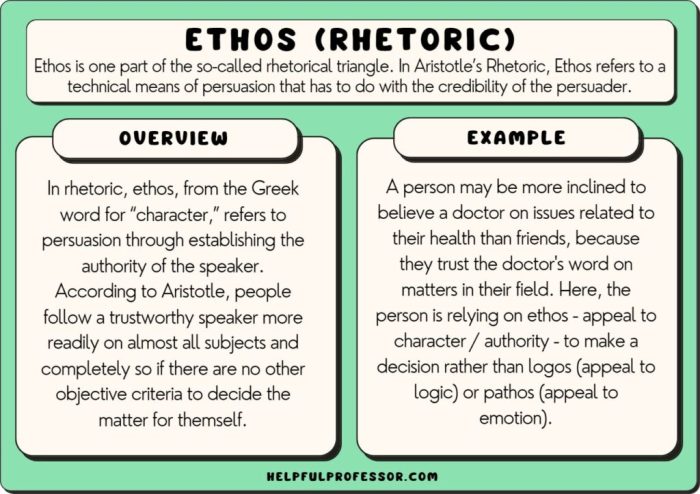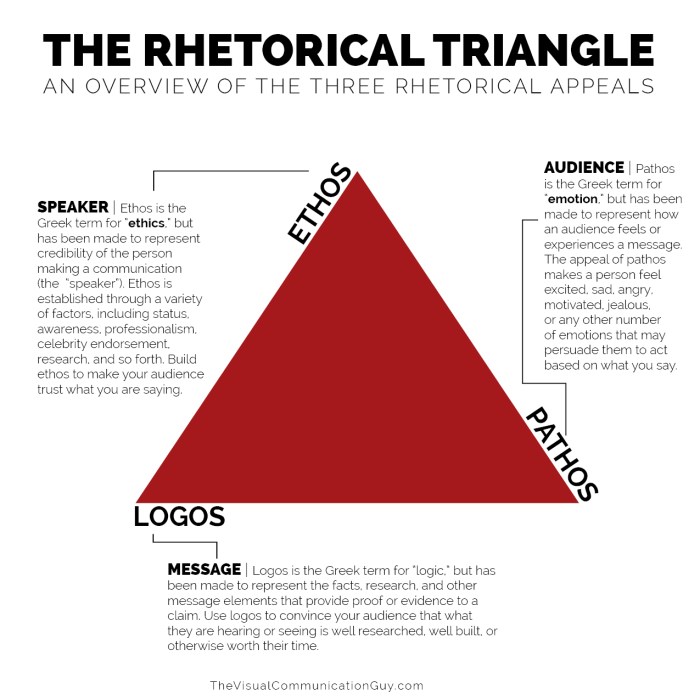An insider’s guide to academic writing a rhetoric and reader – Embark on an insider’s journey into the world of academic writing with this comprehensive guide to rhetoric and reading. This guide delves into the intricacies of crafting persuasive arguments, organizing and structuring your writing, and effectively communicating your message.
From understanding the basics of academic writing to mastering advanced techniques, this guide provides a roadmap for students and researchers to elevate their writing skills and produce impactful academic work.
Understanding the Basics
Academic writing in rhetoric and reader adheres to specific principles and conventions. It demands clarity, precision, and logical reasoning. Effective academic writing presents well-structured arguments, supported by evidence and sound reasoning. Conversely, ineffective writing lacks organization, clarity, and logical flow, often relying on unsubstantiated claims and generalizations.
Developing a strong foundation in academic writing requires understanding these principles and conventions. Practice is crucial, along with seeking feedback from instructors or peers to refine your writing skills.
Crafting an Argument

A persuasive argument forms the backbone of academic writing. It comprises three essential elements: a clear thesis statement, supporting evidence, and logical reasoning. The thesis statement articulates the main argument or claim, while the evidence and reasoning provide justification and support.
To craft an effective argument, follow these steps:
- Formulate a clear and specific thesis statement.
- Gather credible evidence from reliable sources.
- Use logical reasoning to connect the evidence to the thesis statement.
- Anticipate and address counterarguments.
- Present the argument in a well-organized and coherent manner.
Organizing and Structuring

Clear and organized writing is paramount in academic writing. A well-structured essay or paper adheres to a logical flow, with a clear introduction, body paragraphs, and conclusion.
The introduction sets the context, presents the thesis statement, and provides a roadmap for the paper. Body paragraphs develop the argument, providing evidence and reasoning to support the thesis. Each body paragraph should focus on a specific aspect or .
The conclusion summarizes the main points, restates the thesis statement, and provides a final thought or implication.
Using Language and Style

Academic writing employs formal language and avoids colloquialisms or jargon. It maintains consistency in tone and voice throughout the paper. Sentences are clear, concise, and grammatically correct.
Effective use of language and style enhances the readability and credibility of your writing. Strive to write clearly and concisely, avoiding unnecessary words or phrases.
Citing and Referencing
Proper citation and referencing are essential in academic writing. They acknowledge the sources used and prevent plagiarism. Common citation styles include MLA, APA, and Chicago. Each style has specific formatting requirements for in-text citations and reference lists.
Accurate and consistent citation practices ensure academic integrity and allow readers to verify the information presented.
Revising and Editing

Revision and editing are crucial steps in the writing process. They help refine the clarity, coherence, and flow of your writing. Look for common errors such as grammatical mistakes, typos, and inconsistencies.
Consider the following checklist when revising and editing your work:
- Check for grammatical and spelling errors.
- Ensure logical flow and coherence throughout the paper.
- Evaluate the clarity and conciseness of your writing.
- Seek feedback from peers or instructors to identify areas for improvement.
Understanding the Reader
Consider your audience when writing academic papers. Tailor your writing to the specific needs and expectations of your readers. Understand their level of knowledge on the topic and use appropriate language and examples.
Effective communication requires understanding your audience’s perspective and adapting your writing accordingly.
Advanced Techniques
Advanced techniques can enhance the sophistication and effectiveness of your academic writing. These techniques include using literary devices, rhetorical strategies, and critical analysis.
Literary devices, such as metaphors and similes, can make your writing more vivid and engaging. Rhetorical strategies, such as parallelism and repetition, can emphasize key points and create a persuasive effect. Critical analysis involves evaluating and interpreting texts or arguments, providing a deeper understanding of the subject matter.
FAQ Explained: An Insider’s Guide To Academic Writing A Rhetoric And Reader
What is the key to effective academic writing?
Clarity, logical structure, and the appropriate use of language and style are crucial for effective academic writing.
How can I avoid plagiarism in my academic writing?
Properly citing and referencing sources is essential to avoid plagiarism and ensure academic integrity.
What is the importance of understanding the reader in academic writing?
Tailoring your writing to the specific needs of your readers enhances communication and ensures your message is effectively conveyed.